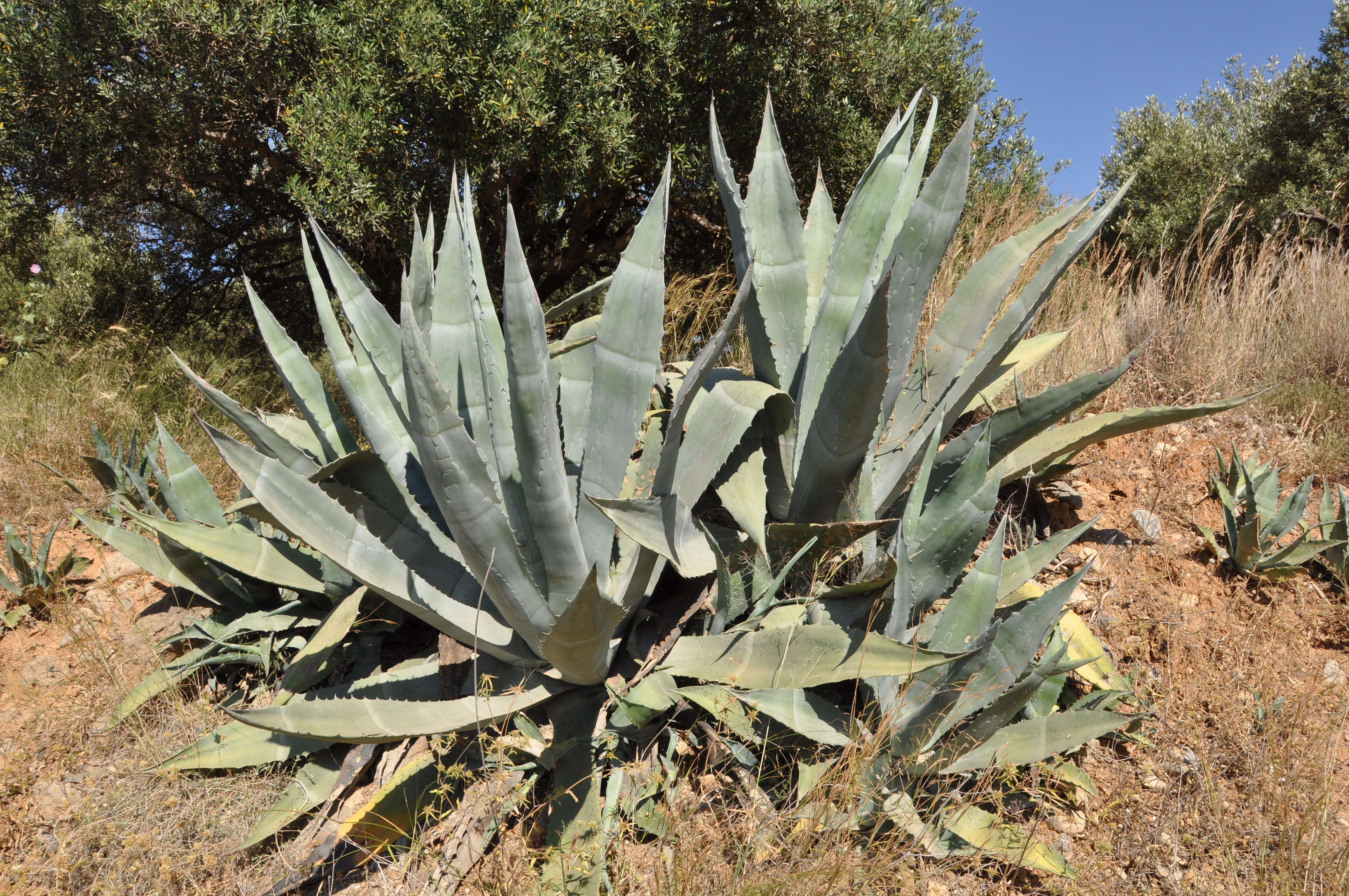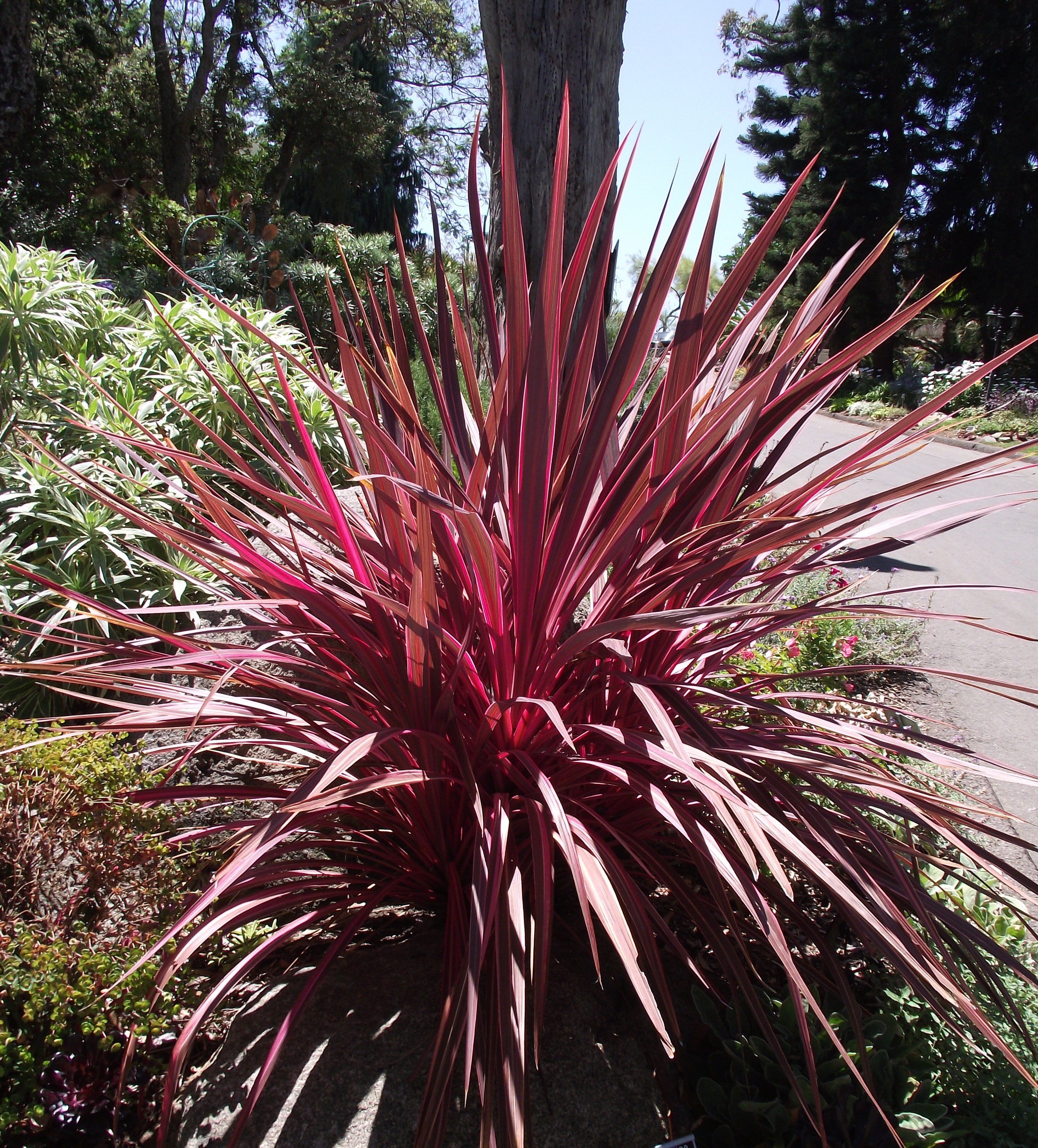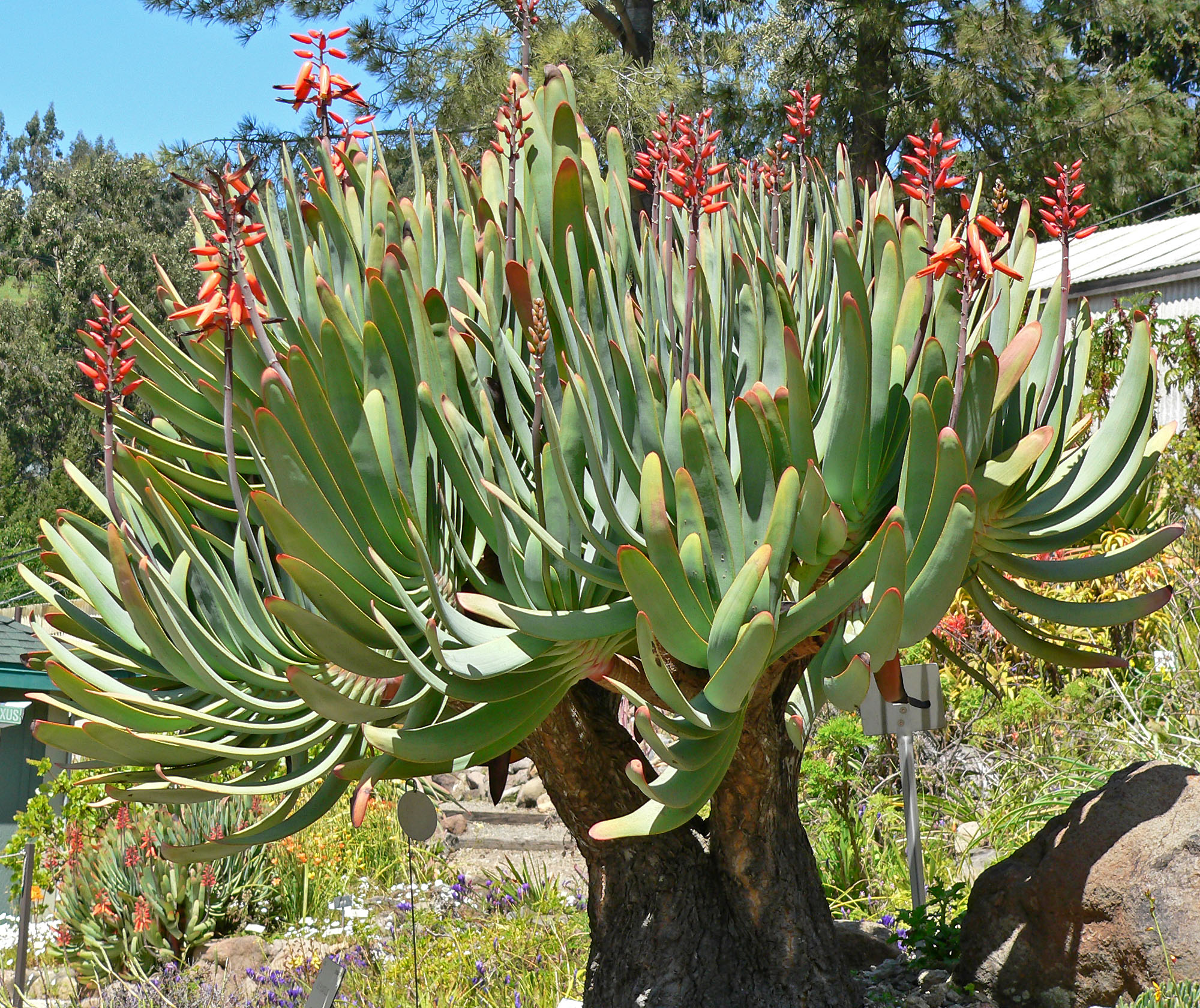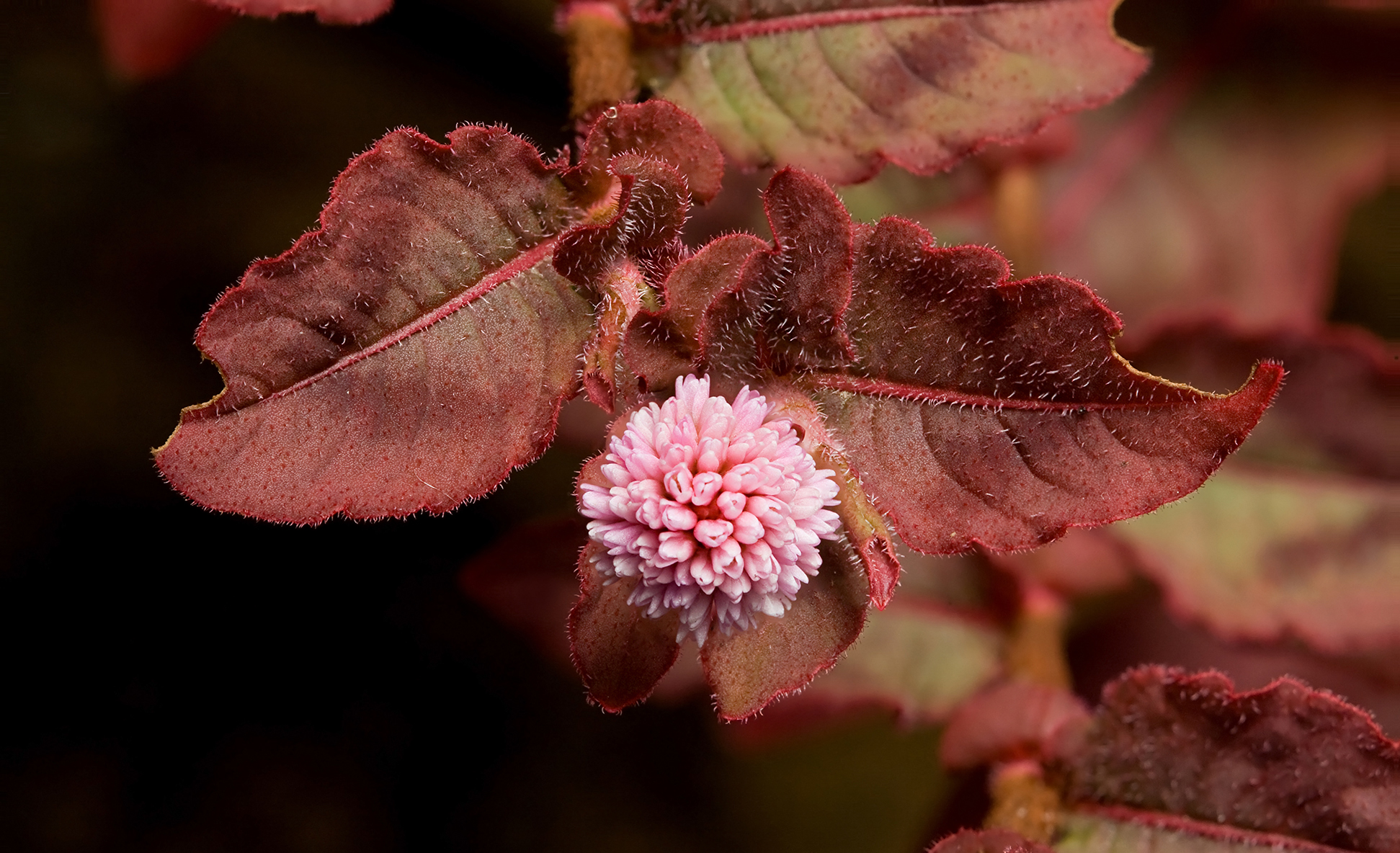San Francisco Sidewalk Garden Transformation

My family and I care for an 800-square-foot garden in San Francisco's Mission District. Planning started in 2015, and we finally planted in January 2017. The process involved tearing up concrete, pouring a new sidewalk, hauling in clean soil, and patiently waiting for the wet season to plant.
The garden was inspired by Jane Martin's work and intended to help expand San Francisco's urban forest. It’s drought-tolerant and requires no additional water other than seasonal rain.
San Francisco's government supports sidewalk landscaping for numerous practical benefits. These gardens eliminate excessive hardscape and increase permeable landscape, which reduces demand for the city's sewage treatment capacity by absorbing storm water. They counteract the urban heat island effect and regulate the block’s ambient temperature. And of course they improve our well-being and provide us an opportunity to interface with nature in an unexpected setting.
Our garden is a thriving habitat for numerous birds and pollinators, particularly Ruby-throated hummingbirds. We've even spotted a Western fence lizard.
It is a joy for my family and me to care for this space and share it with our neighborhood.
Step by step
















Process
I worked with a local expert to plan my garden, but that was nearly ten years ago, and since then, San Francisco and many other municipalities have greatly improved their policies, documentation, and resources to make urban landscaping as easy as possible for property owners to install.
Our sidewalk garden is relatively large and it was part of a home renovation project, so we could piggyback on some activities like concrete demolition and concrete pouring. Many of the activities that I depended on contractors to do you could do yourself or with friends.
Below is an outline of the steps. Also see my tips for new sidewalk gardens that expands on the outlines below with some of the key things I learned.
San Franciscans should see the Public Works website about street landscaping, it has everything you need.
Design
- Research whether or not landscape gardening or street trees are permitted where you live, as well as any guidelines that will inform your design
- Talk to local nurseries to discover best practices for planting where you live including ideal local native plants
- Put together a mood board to inspire the plants you select
- Decide whether you'll use stones or mulch, and/or a ground cover for the base layer
- Determine water source
Planning
- Create a plant list
- Gather bids from a couple different contractors to help you remove concrete (assuming you're not doing it yourself)
- Sketch your sidewalk showing the new planting area and all of the features your municipality requires for a permit
- Contact your local department of urban forestry to determine whether street trees could or should be part of your project and whether they will provide them
- Find your source for plants and inquire about lead times

Construction
- Apply for and obtain a permit
- Contact your local utility to determine whether USA markings (underground service alert) are necessary
- Schedule your demolition day
- Demo
- Scrape off old soil (often lead is present) and churn in new soil
- Coordinate delivery of plants and mulch (you may want to stagger if you don't have room to store everything at once)
- Schedule planting day and recruit friends and family
- Plant!
Start with a tree? In San Francisco, Friends of the Urban Forest will plant a tree on your sidewalk. They'll even manage the work to take out the concrete. Price ranges from free to very cheap.
Tips
- Discuss your new garden or street trees with neighbors, maybe they want to plant gardens, too? You could ultimately save a lot on concrete demo, soil, and plant delivery if you coordinate and buy in bulk.
- Check whether any grants exist to fund the planning and installation of your garden. In SF, for example, the SFPUC awards grants for large garden projects that capture rainwater.
- A professional drawing usually isn't necessary to submit with your permit application. But keeping it clean and tidy will help expedite the process. Here are a few examples of layout templates provided by San Francisco, and here is the [[SidewalkGarden-Plan.png|drawing I submitted]] with my permit.
- The denser the planting, the more plants you'll need to buy, the bigger the budget, the more you'll need to maintain.
- Avoid edibles. They attract rodents and the fruit stains and makes a mess of the sidewalk. Also lead and feces in soil could make fruit unhealthy. Herbs are OK for fragrance and color, but we don't use them for cooking.
- Yucca and aloe are great options in the Bay Area. They grow quickly and their cuttings easily propagate to fill in your garden (or help a neighbor start theirs). We routinely leave yucca and aloe cuttings on the corner for neighbors to take. When we post on Nextdoor or Craigslist, they're usually gone in an hour.
- Set your expectations before planting anything rare or fragile: expect vandalism and theft. Plants are routinely snatched from our garden by florists and landscapers.
- If you use stones as your mulch (we do, 1.5" Lynn Creek from Broadmoor), stay away from anything that could easily be kicked up by passersby. It makes a mess. I've been warned that it cuts both ways as larger stones can be used for vandalism, but I've never experienced this.
- In the Bay Area and most Mediterranean climates the best time to plant is either right before or during the wet season. This gives the plants the best chance of establishing themselves and reduces the amount of time you'll initially need to spend watering.
- Even if you pursue a no- or low-water garden, you will initially need access to some water to help your plants establish. If it tap isn't nearby, you may need to install one or borrow access from a neighbor.
- Stepables is a great resource for researching drought-tolerant ground covers.
Frequently Asked Questions
Is this legal?
Yes, if you get a permit. San Francisco and other municipalities have streamlined the process to legally permit urban landscaping.
How much did it cost?
Not including the new sidewalk, the cost of the gardens totaled $30/sqft. This includes a permit, concrete demolition, new soil, stones, plants, street trees, and some planting help.
How much time does it take to maintain?
About three hours a month. Mostly trash removal, but also pruning, leaf removal, and weeding. When sidewalk landscaping fails, it’s because people failed to make time to upkeep it. Weeds quickly take over, and/or plants fail because they never properly established or are water-dependent and are being neglected.
Memorial
The garden is dedicated to my mom, a lifelong gardener who handed down to me her passion for growing. It all started with the veggie garden she helped me plant when I was 11. I also inherited her preference to work barefoot. Mom passed away in 2017 at age 60 and we miss her deeply.

Plant List
Most of our plants have one thing in common: drought resistance. I also considered how nice they are to touch as well as their ease to propagate (in case plants were stolen or failed to thrive on first planting). The major tradeoff we made was not selecting exclusively from native plant lists. We considered the best options from other Mediterranean climates around the world, mostly South Africa and Australia.
| Example | Botanical Name | Common Name | Endemic |
|---|---|---|---|
 |
Adenanthos sericeus | Wooly Bush | Western Australia |
 |
Agave Americana | American Aloe | US/Mexico |
| Aloe arborescens | Torch Aloe | Southern Africa | |
 |
Anigozanthos | Kangaroo Paw | Southwestern Australia |
 |
Asparagus densiflorus | Asparagus fern | Southern Africa |
 |
Callistemon "Little John" | Little John Dwarf Bottlebrush | Western Australia |
 |
Cordyline "electric pink" | Cordyline electric pink | Western Pacific Ocean Region |
 |
Crassula arborescens | Silver Dollar Plant | South Africa |
| Crassula multicava ‘Purple Dragon’ | Purple Dragon Crassula | South Africa | |
 |
Echeveria ‘Afterglow’ | Afterglow Echiveria | Central America, Mexico and northwestern South America |
| Euphorbia lambii | Tree Euphorbia | Canary Islands | |
 |
Fragaria chiloensis | Beach Strawberry | Pacific Coast of North and South America |
 |
Grevillea "Long John" | Long John Grevillea | Australia |
 |
Moonshine Grevillea | Grevillea "Moonshine" | Australia |
 |
Knifophia uvaria | Red Hot Poker | South Africa |
 |
Kumara plicatilis | Fan Aloe | South Africa |
 |
Lavandula dentata | French lavender | Mediterranean |
 |
Leucadendron "Safari Sunset" | Safari Sunset Leucadendron | South Africa |
 |
Olea europaea ‘Majestic Beauty’ | Olive Tree (Non Fruiting) | Mediterranean |
 |
Pennisetum setaceum ‘Rubrum' | Purple fountain grass | East Africa, Middle East and southwestern Asia |
 |
Phormium Tenax | New Zealand Flax | New Zealand |
 |
Podocarpus macrophyllus | Japanese Yew | Japan |
 |
Polygonum capitatum | Knotweed | Asia |
 |
Yucca aloifolia | Dagger Plant | USA |
 |
Verbena bonariensis | Purpletop Vervain | South America |
Credits
Jane Martin made major contributions to this garden. She has been instrumental in the city's embrace of sidewalk landscaping by planting demonstration gardens throughout San Francisco and advocating for the development an easy permitting process. Jane directly worked with us to select drought-resistant plant species, manage the permit process, coordinate contractors and plant, too.
In 2019 Lily Bodnar of Plantkind helped reimagine one section of the garden that failed to thrive during a particularly difficult stretch of drought and planted additional podocarps and grevilleas that have since succeeded wonderfully.
John and Mary Lau continue to assist my family and me with monthly pruning and weeding.